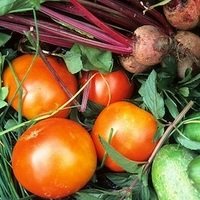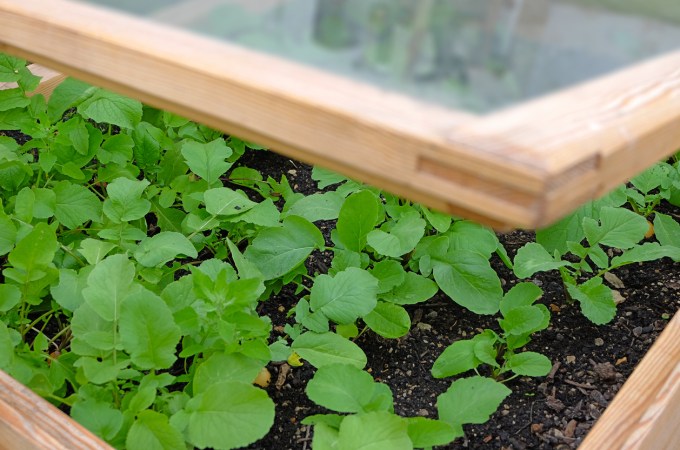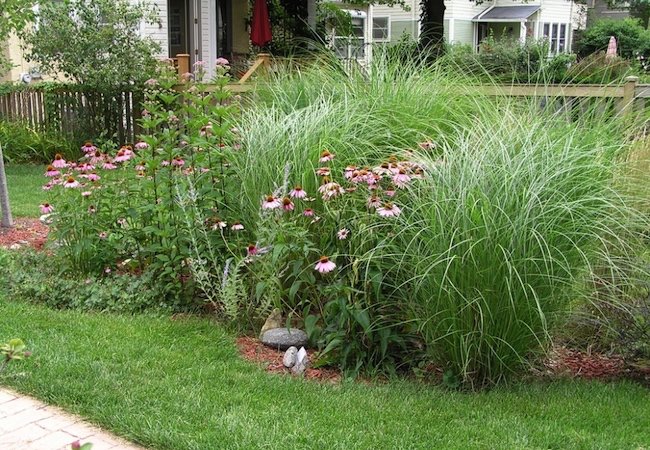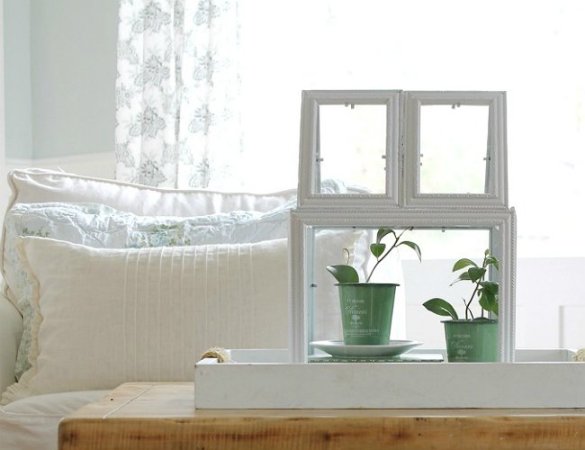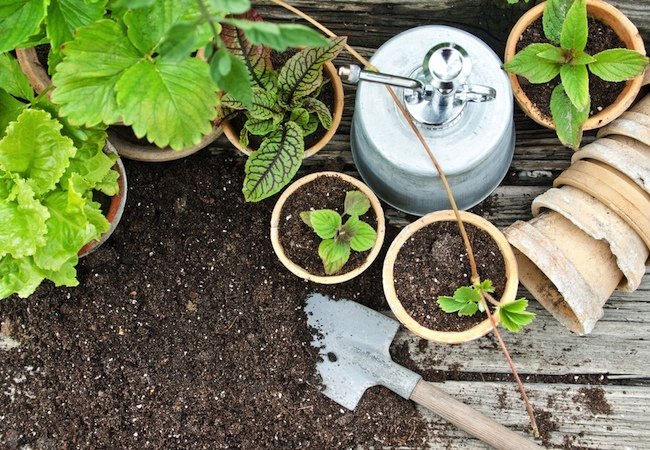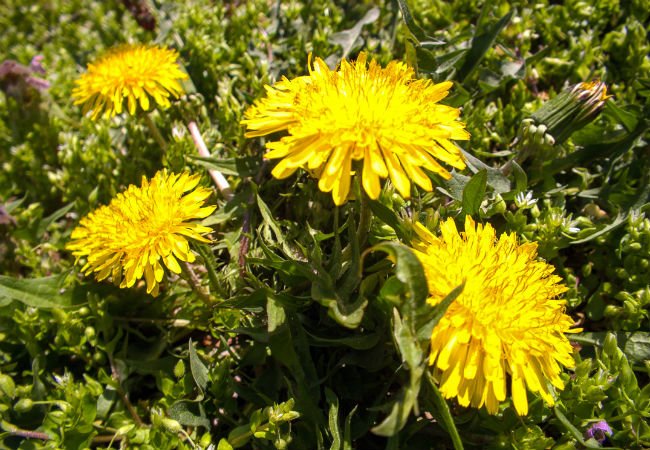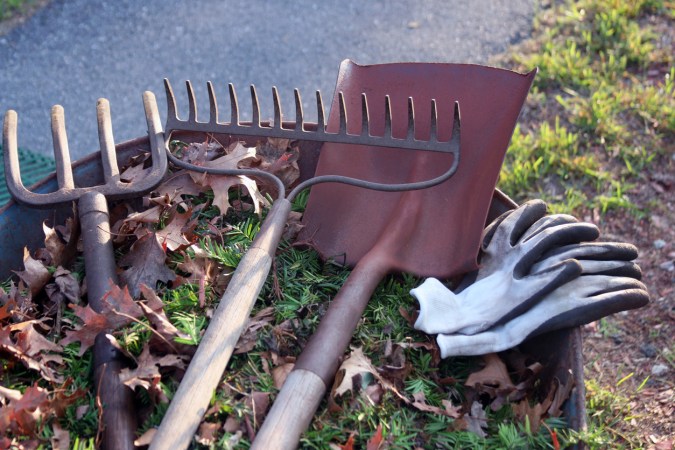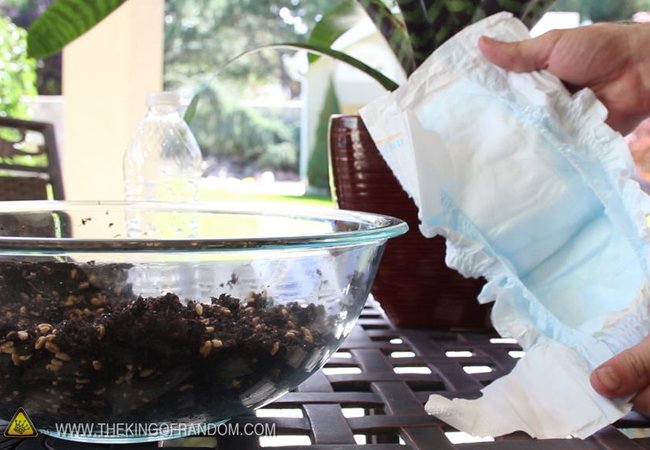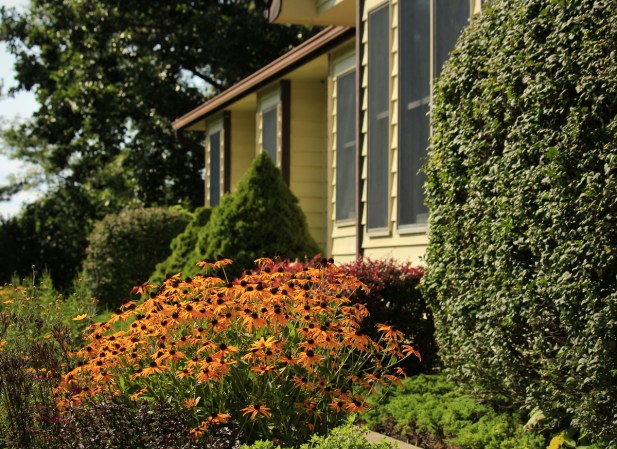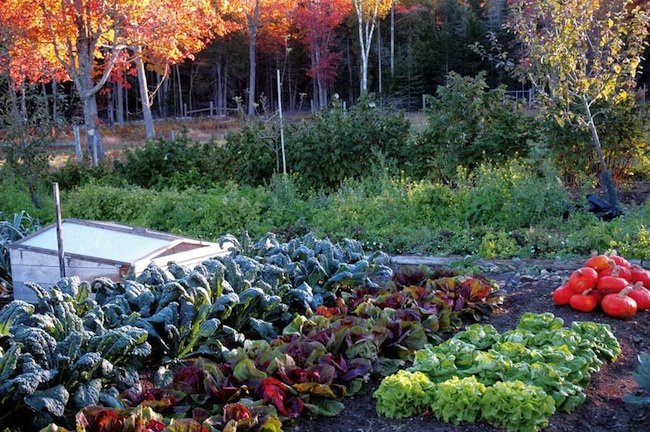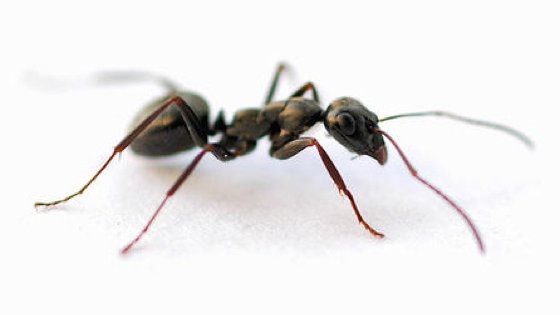We may earn revenue from the products available on this page and participate in affiliate programs. Learn More ›
One of the joys of summer dining is fresh, local produce. Nothing tastes better than a tomato or cucumber just off the vine. And it tastes even better if it’s from your own yard! Many feel overwhelmed by the prospect, but growing a garden doesn’t have to be complicated. It can be a wonderful learning adventure. With a little effort and patience, you can plant your own herbs and veggies to harvest all summer long. Here’s how:
TOOLS AND MATERIALS
Garden gloves
Spade and/or shovel
Wheelbarrow
Hand tiller or garden fork
Trowel
Stones or bricks for walkway (optional)
Nutrients (plant food, compost, manure)
Stakes or cages
Starter plants or seeds
Fencing (optional)
PATIENCE!
DIRECTIONS
1. Make a Plan
Measure the area where you wish to plant your vegetable garden. Most herbs and vegetables like full sun, so make sure you choose an area that gets at least 8 hours of sunlight a day. Think about the things you want to plant and do a little research to discover how much space each plant needs. (Most starter plants have a label that will tell you how tall and wide they will grow.) Make a rough sketch of your garden plot and what plants you’d like where. Then go shop!
2. Dig a Plot
If you plan your garden where you currently have grass, you’ll need to remove the sod. This is probably the hardest physical part of the process. Use a spade to cut through the grass into the dirt around the perimeter of your plot. Then starting in one corner, work your spade or a flat shovel under the roots of the grass and lift upward a little at a time. Remove the sod in chunks to a wheelbarrow, which you can take away later.
3. Prepare the Soil
Using a spade, hand tiller, or garden fork, work your way through the garden plot, turning and loosening the soil. If you’ve decided to add compost or other amendments, now is the time to pour it over the area and work it into the existing soil a little at a time.
Note: You may want to test your soil’s pH level before starting. You can buy a DIY kit at your local home improvement store, or ask your Local Cooperative Extension Office to do it for a small fee. Once you know the soil’s pH level, you can begin adding amendments to your soil—e.g., lime (to make it more alkaline) or peat moss (to make it more acidic)—to meet the needs of what you’re planting. Or you can just skip this step and take your chances, see how your garden grows, and make adjustments for next year. Gardening is very much about experimentation!
4. Make a Path
Once your garden is growing, you’ll need a place to step while you harvest your vegetables. Step stones, bricks, or many other materials will work. Or, you can just plan to leave a pathway unplanted, if you don’t mind getting your feet a little dirty. Just be aware that you may need to regularly move vining plants off the path and encourage them to grow in a different direction.
5. Plant seeds or starter plants
– Seeds: If you’re planting seeds, first mix some compost, manure, or slow release fertilizer into the area. Then, follow the directions on your seed packets for planting depth and distance from one another. Keep in mind that some veggies, like cucumbers and beans, grow very quickly and are easy to grow from seed. Tomatoes, however, take much longer, and generally do better started indoors in the late winter months. This can help you decide where to invest your money in starter plants, and what you can get by with on cheaper seed packets.
– Starter Plants: Dig a hole with your garden trowel twice as wide and deep as the root ball of the plant. Mix some compost, manure, or slow-release fertilizer into the soil around where the plant will sit. Loosen the roots without disturbing them too much and set your plant into the hole. Fill dirt in up to where the stem meets the soil the plant came in. Lightly pack the soil around the plant and water thoroughly. Repeat for all your plants. For plants that need support, like tomatoes or peppers, install stakes or cages when you plant, so roots won’t be disturbed after they’ve set in.
6. Provide protection
If you have critters around (like rabbits and deer), who you fear may use your garden as a midnight snack bar, think about investing in some type of barrier. There are lots of options, from chicken wire to picket fencing. Just remember, bunnies can get through tiny spaces, and deer like to jump, so have realistic expectations for whatever you choose.
There are also a number of lighter-duty protection options to try, like planting marigolds around the perimeter or hanging pieces of Irish Spring or Dial soap on stakes. There’s no science attached to the claims gardener’s make regarding those repellents, but the anecdotal evidence might convince you to give it a whirl.
Veggie gardening can get as involved as you like. You can add edging, fencing, trellises, irrigation, netting, and more. But you don’t have to go that far to have a successful and enjoyable experience. Each season you plant, your knowledge and intuition will grow. As for the garden: Sunlight, water, and some regular TLC will go a long way to bringing a bountiful harvest to your summer table.
